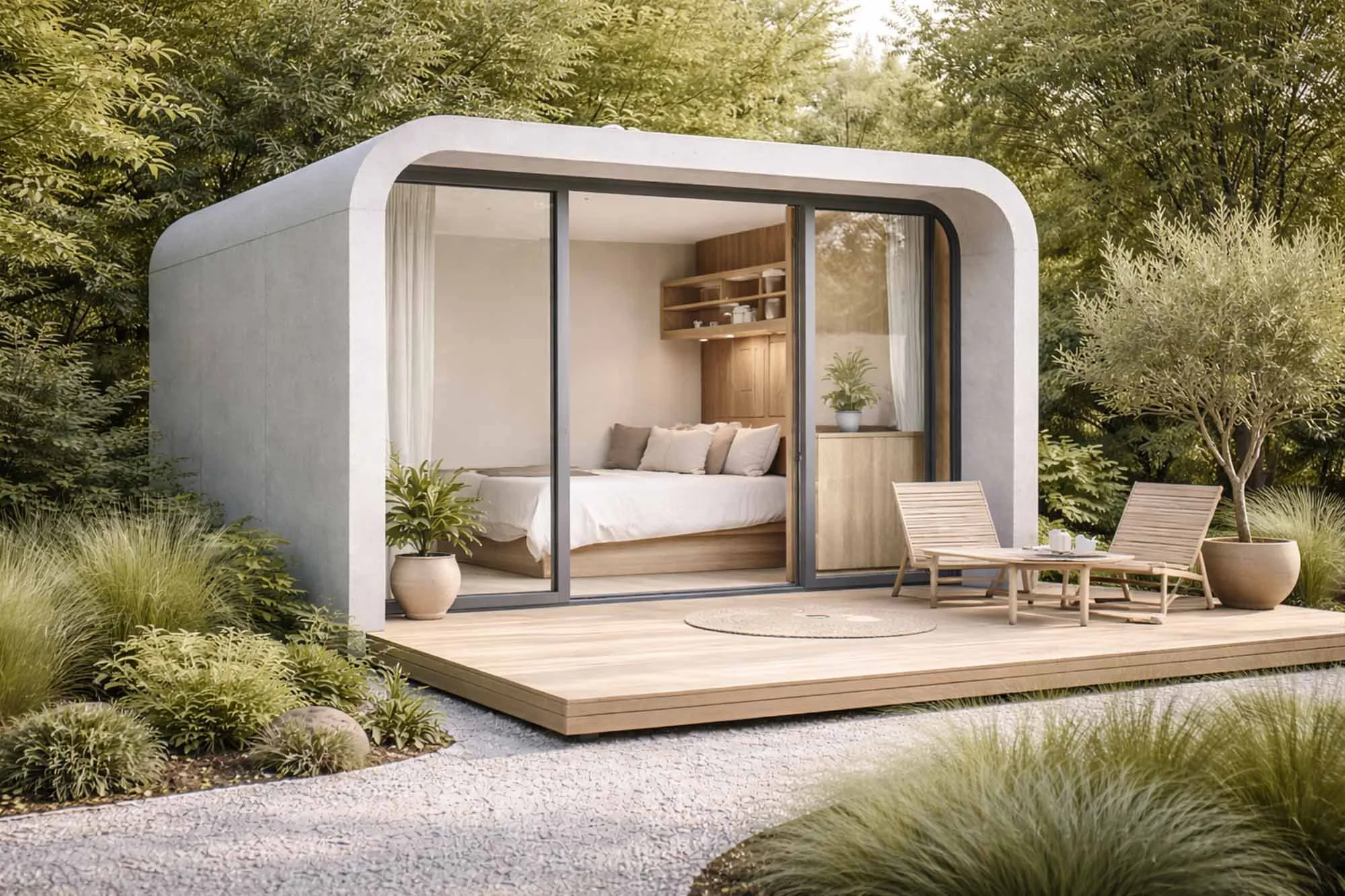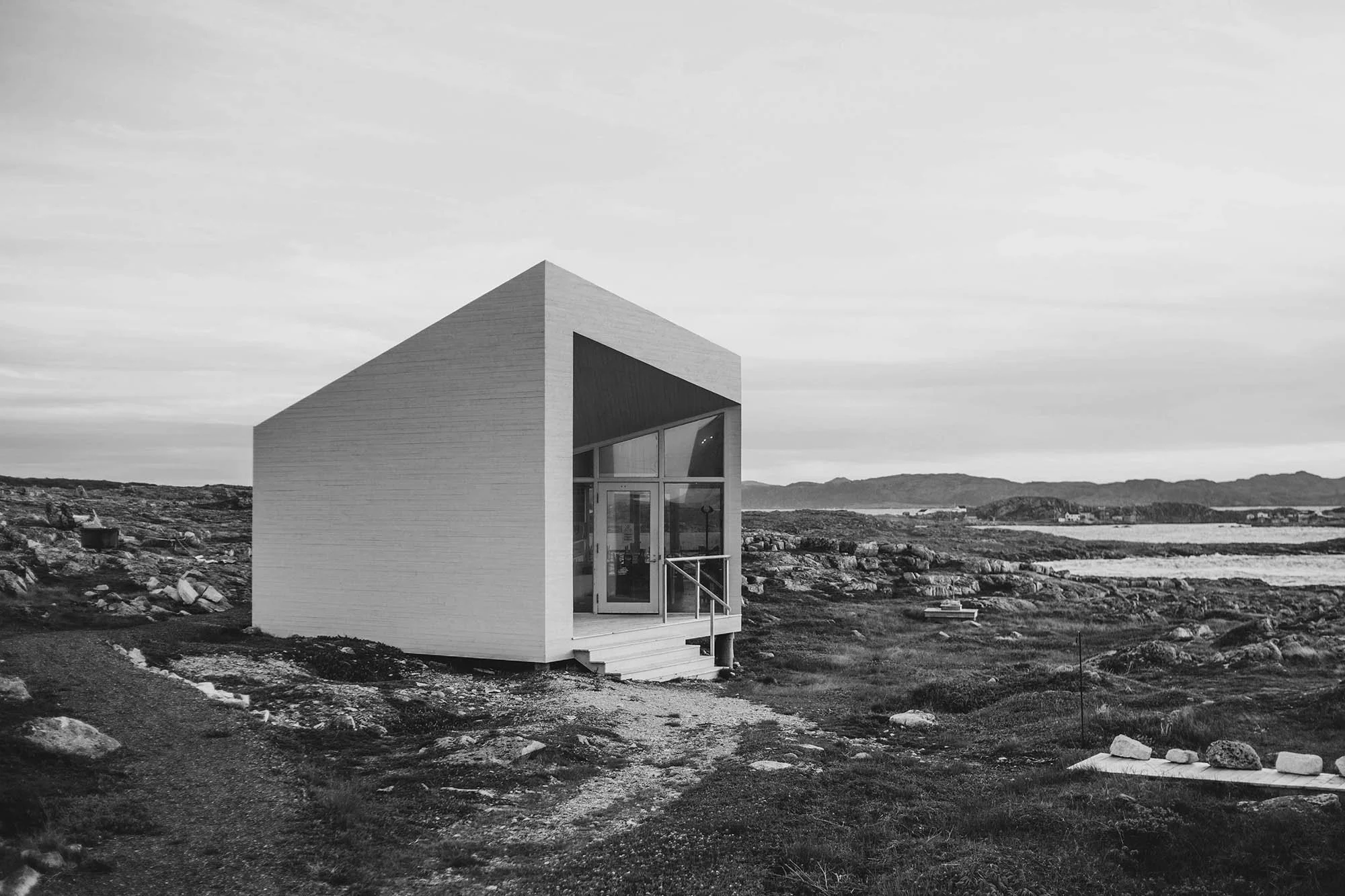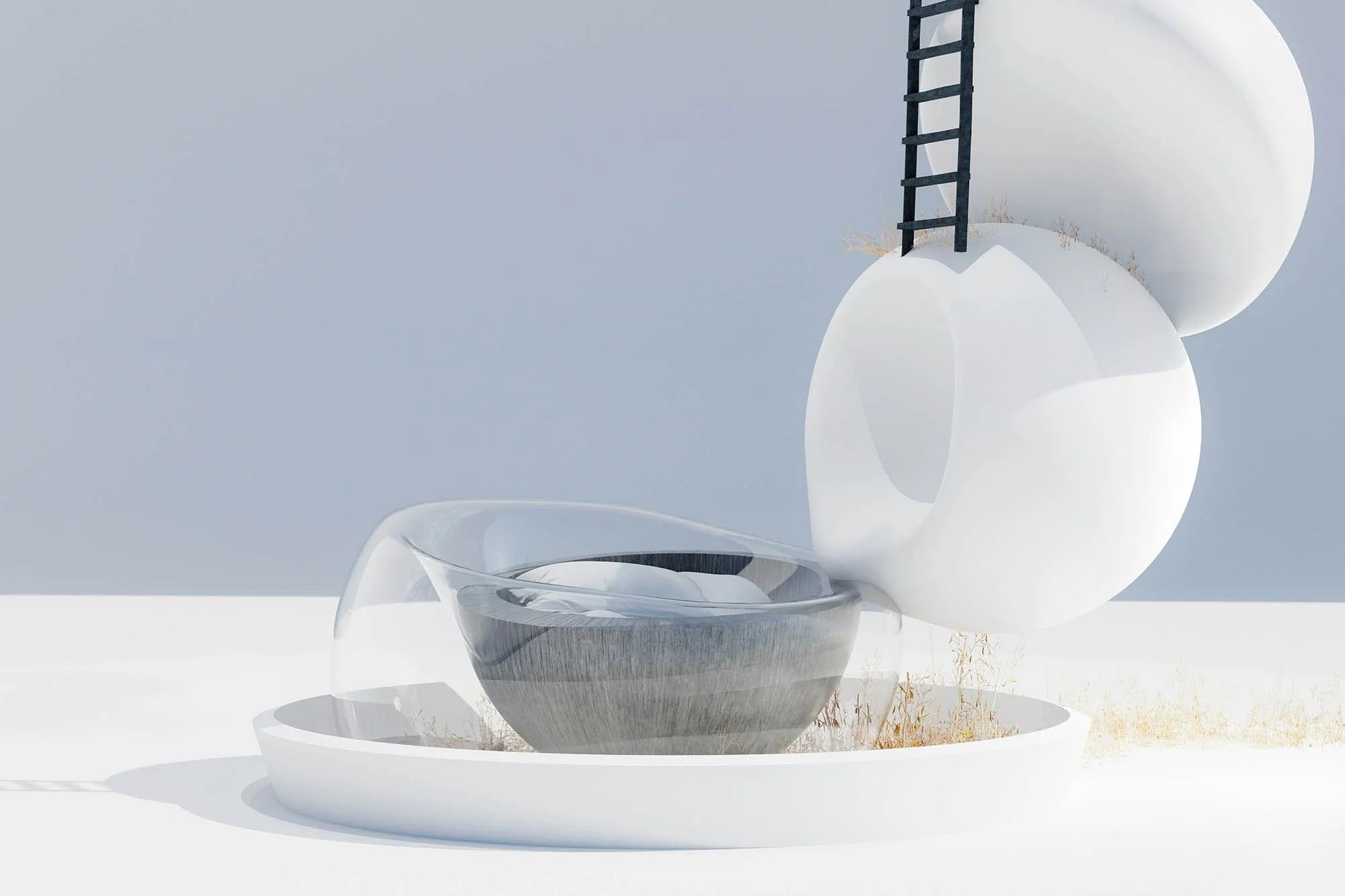Small Spaces, Big Impact: The Rise of Micro-Architecture
Micro-architecture focuses on the design of compact spaces, prioritising spatial efficiency, adaptability, and intelligent use of limited square footage.
As urban environments grow denser and living space becomes more constrained, the demand for efficient and sustainable ways of living continues to rise. In response, micro-architecture has emerged as a design approach that rethinks how space is used, valued, and experienced.
From compact urban apartments to carefully designed tiny homes and experimental small-scale structures, micro-architecture is less about reducing size and more about maximising potential. Through thoughtful planning and spatial intelligence, limited square footage is transformed into environments that are both functional and expressive.
The Evolution of Micro-Architecture
Micro-architecture is redefining what it means to live in small spaces. While traditionally, larger homes and expansive properties were seen as the epitome of success and comfort, today’s homeowners, renters, and travelers are seeking something different: flexibility, affordability, and efficiency without compromising on style or functionality.
The rise of minimalist design, coupled with environmental consciousness and an evolving urban lifestyle, has given birth to a new wave of small living spaces that offer far more than just a roof over one's head. In fact, these spaces are transforming how we think about space itself — challenging traditional ideas about homeownership, luxury, and convenience.
Tiny Homes: The Perfect Example of Micro-Architecture
The tiny home movement is perhaps the most well-known example of micro-architecture in action. These compact structures, typically ranging from 100 to 400 square feet, combine minimalism with sustainability. Designed to reduce environmental impact and promote a more intentional way of living, tiny homes feature clever design solutions like foldable furniture, multi-purpose rooms, and optimized storage.
Tiny homes are proving that less truly can be more. With their eco-friendly materials, space-saving features, and often mobile nature, these homes offer an escape from the clutter and chaos of modern life. They also allow homeowners to embrace a lifestyle centered around experiences rather than material possessions.
Urban Apartments: Maximizing Functionality in Tight Spaces
Urban living is synonymous with small spaces. With cities becoming more densely populated, micro-apartments are emerging as a solution for city dwellers who want to live in vibrant urban centers without paying exorbitant rent. These apartments, typically under 400 square feet, are designed to maximize every inch of space while offering all the essentials of modern living.
Innovative designs such as fold-away furniture, hidden storage, and open-concept layouts make these small apartments feel much larger than they really are. With multifunctional furniture like sofa beds, collapsible tables, and modular shelving, residents can easily adapt their spaces for different needs, from hosting guests to working from home.
Creative Solutions for Compact Living
As urban areas become more crowded and housing prices rise, the need for creative solutions to compact living continues to grow. One key solution is modular architecture, which allows for flexibility and scalability in small spaces. Prefabricated units, modular homes, and convertible structures are being used to create adaptable spaces that can be easily reconfigured to meet the changing needs of their occupants.
Moreover, micro-architecture is increasingly turning to eco-friendly solutions to make the most out of every square foot. Solar panels, energy-efficient insulation, and rainwater harvesting systems are just a few of the sustainable design features that are becoming standard in many small homes and urban apartments.
The Benefits of Micro-Architecture: More Than Just Space Efficiency
While the primary appeal of micro-architecture is its ability to make the most of limited space, the benefits go far beyond mere efficiency. Small living spaces offer a unique opportunity for a simplified lifestyle. Without the burden of maintaining a large home, residents of tiny homes and micro-apartments often enjoy lower living costs, reduced carbon footprints, and more time for experiences.
Additionally, these small spaces foster creativity and personalization. With limited room, homeowners and renters alike must think outside the box, often finding innovative ways to make their homes reflect their personalities and needs. From custom-built furniture to multifunctional spaces, small living encourages a thoughtful approach to design.
The Future of Micro-Architecture
The rise of micro-architecture is not just a passing trend — it’s a sign of things to come. As more people seek affordable, sustainable, and flexible living arrangements, the demand for small homes, urban apartments, and compact designswill continue to grow. The architectural world is already adapting, with designers and builders embracing new technologies and creative solutions to meet the evolving needs of modern living.
Whether it's in the form of a tiny home nestled in the countryside or a stylish micro-apartment in a bustling metropolis, micro-architecture is proving that small spaces can have a big impact. As we continue to look for ways to live more sustainably and efficiently, these innovative designs offer a glimpse into the future of how we’ll live, work, and thrive in increasingly crowded urban environments.
Living Well at a Smaller Scale
Micro-architecture demonstrates that limited space can sharpen architectural thinking rather than constrain it. By prioritising adaptability, clarity, and efficient organisation, small-scale environments often achieve a level of intentionality that larger spaces struggle to maintain.
Across compact homes, urban apartments, and flexible living solutions, micro-architecture shows how thoughtful design can support comfort, functionality, and long-term use. When space is carefully considered, living small becomes less about compromise and more about precision — where every element serves a clear purpose.



